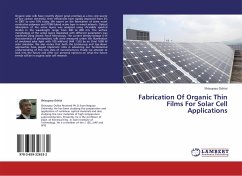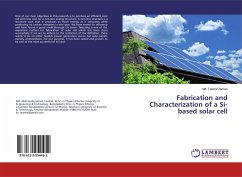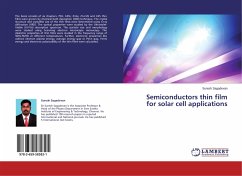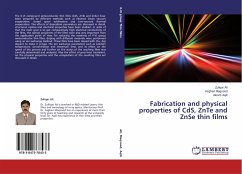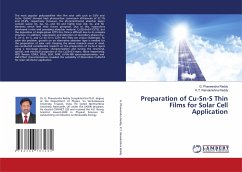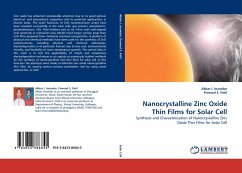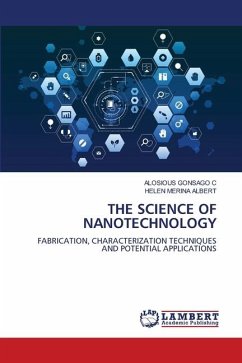Organic solar cells have recently shown great promises as a low cost source of low carbon electricity; their e ciencies have rapidly improved from 3% in 2007 to over 10% today. We report on the fabrication of some novel conductive polymers and PCBM blend active layer in mixed solvents. Optical absorption of the active layers was analyzed using UV-visible spectral studies in the wavelength range from 300 to 800 nm. The surface morphology of the active layers deposited with different parameters was examined using Atomic Force Microscopy. The current density-voltage (J-V) characteristics of photovoltaic cells were measured under the illumination of simulated solar light with 100 mW/cm2 (AM 1.5G) by an Oriel 1000 W solar simulator. We also notice that both the bottom-up and top-down approaches have played important roles in advancing our fundamental understanding of this new class of nanostructures. Finally we attempt to look into the future and offer our personal opinions on what the future trends will be in organic solar cell research.
Bitte wählen Sie Ihr Anliegen aus.
Rechnungen
Retourenschein anfordern
Bestellstatus
Storno

